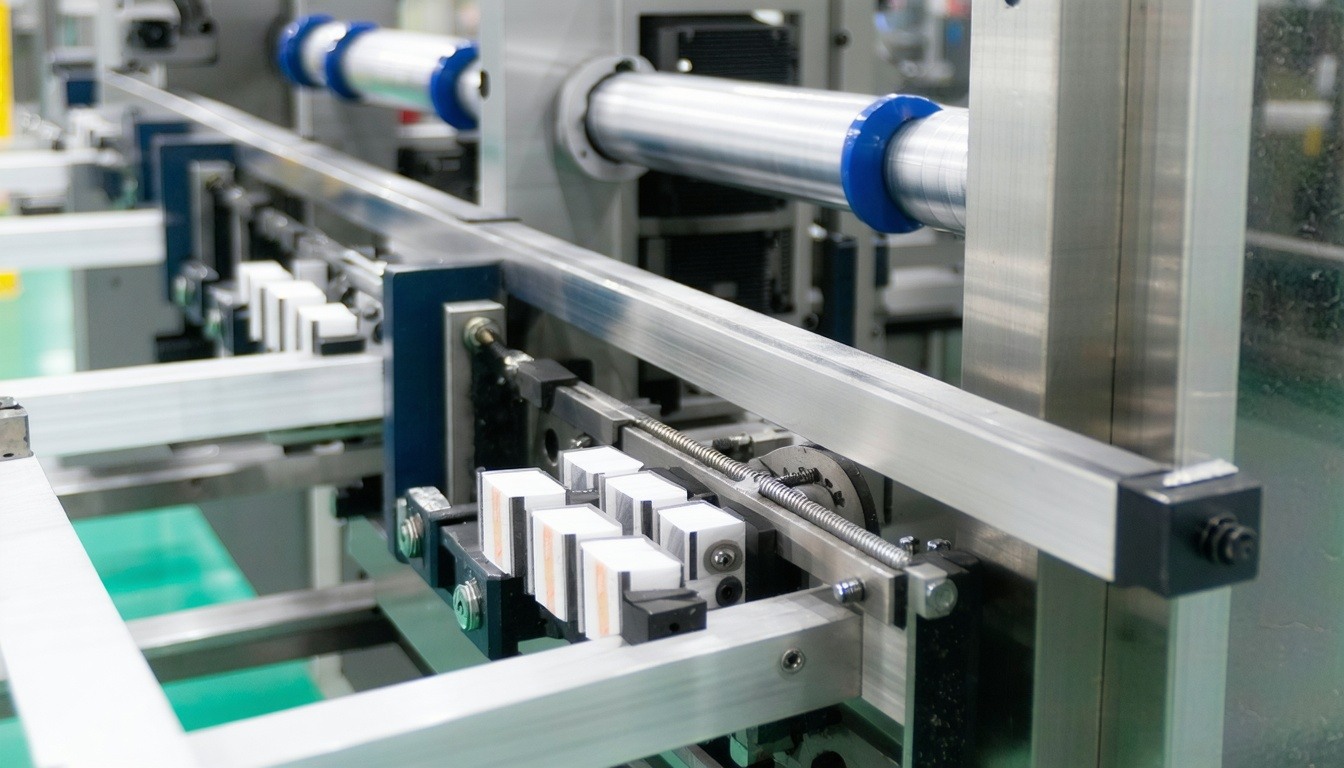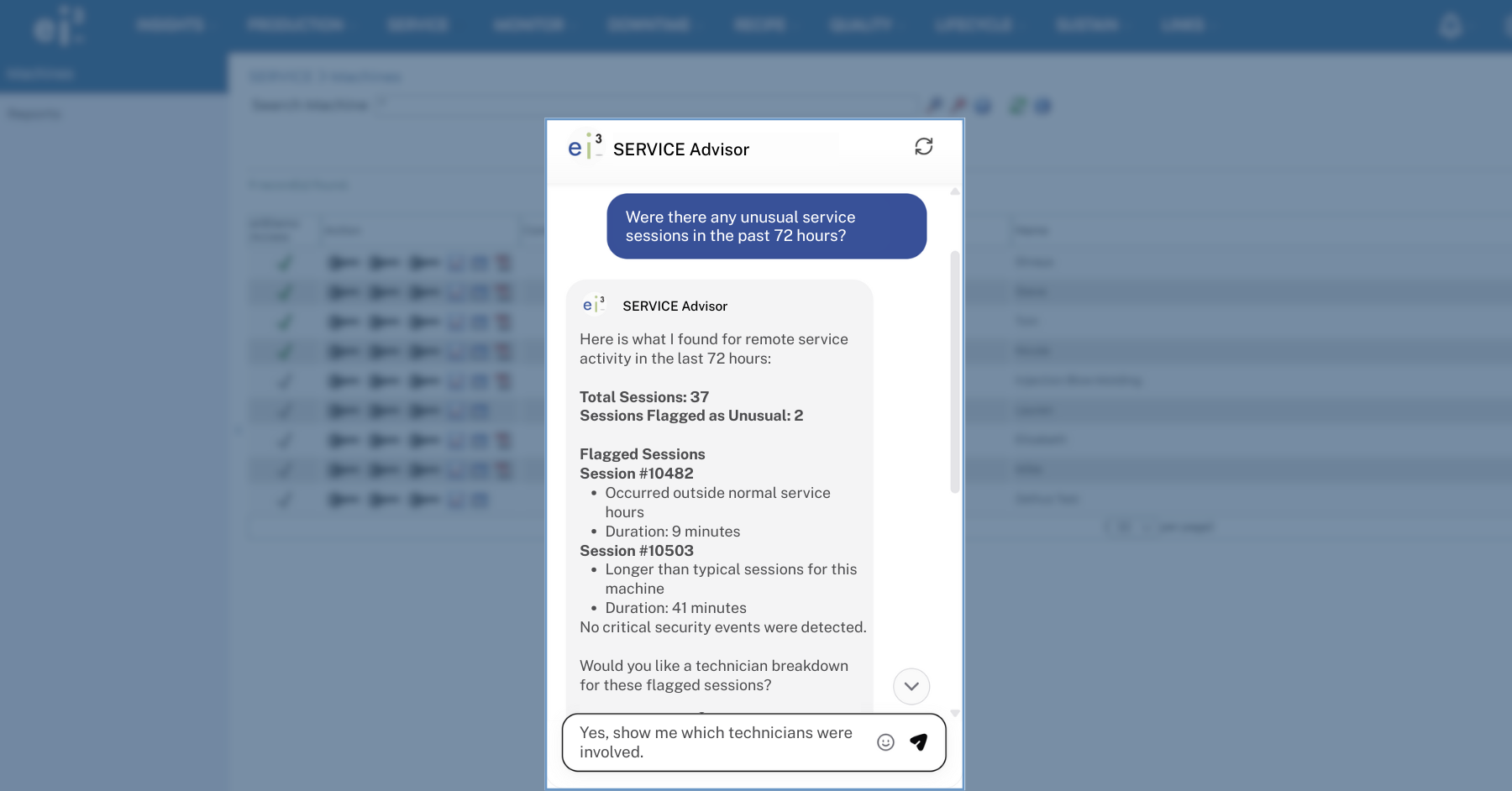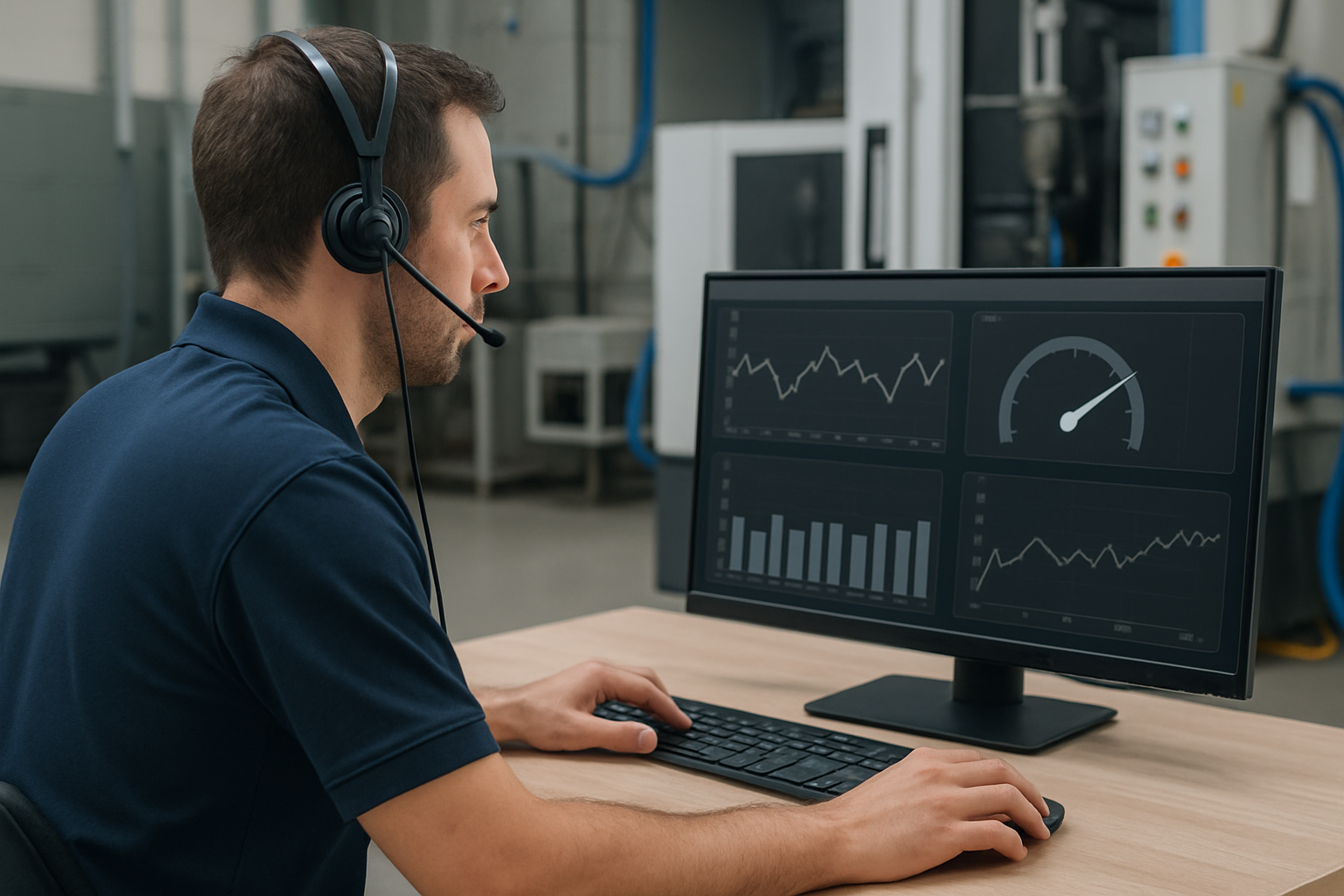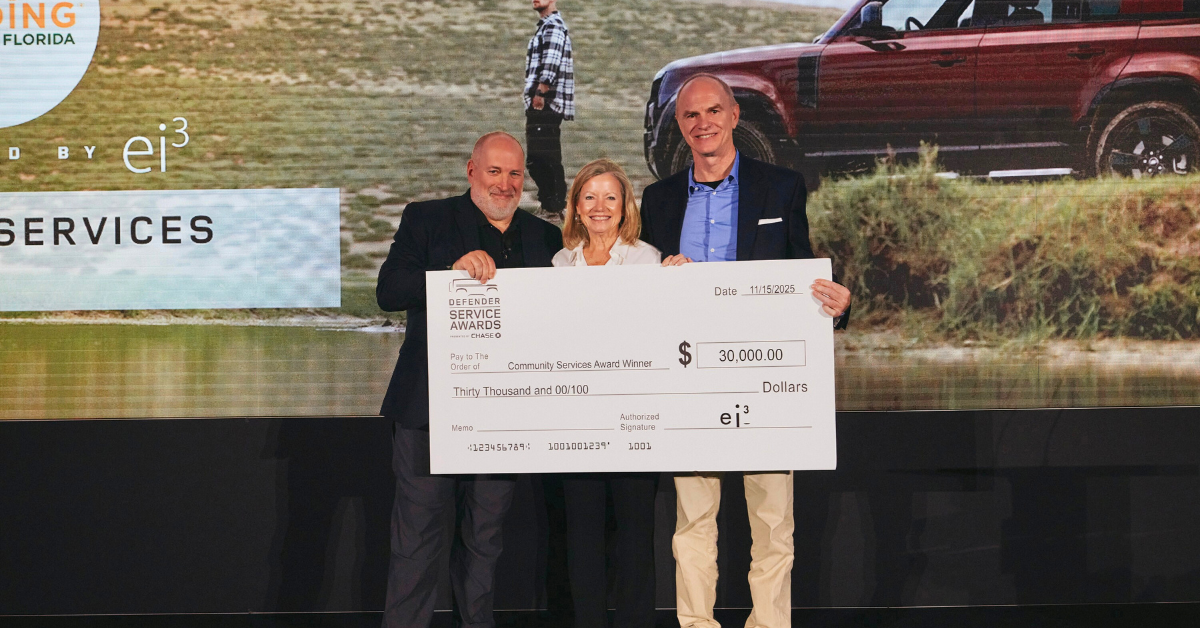Interoperability is not just a technical requirement—it's the key that unlocks up to 60% of the economic potential in Industrial IoT implementations, with manufacturing leading the way.
Interoperability is essential to capture the full benefits of the Industrial IoT. Using the PackML standard to monitor machine states could be the solution to unlock billions in value for the packaging industry. At a recent Pack Expo Innovation Stage presentation, ei3's CEO Spencer Cramer shared insights about the critical role PackML can play within the Internet of Things.
The trillion-dollar opportunity
McKinsey Global Institute reports that linking the physical and digital worlds could create up to $11 trillion per year of economic value by 2025. Where is all this value coming from?
"It's not smart street lights in cities. It's not refrigerators that order their own milk. It's not wearable T-shirts that measure your heart rate. It's factories," adds Cramer.
Manufacturing represents the largest economic opportunity within the Internet of Things ecosystem. However, McKinsey offers an important caveat: interoperability between IoT systems is critical and required to unleash 40% of that economic value on average—and up to 60% in some settings.
This is where PackML enters the picture.
How PackML enables interoperability
Interoperability is loosely defined as the ability for computing systems to exchange and understand each other's data. PackML gives us a standardized way to exchange and understand data from different machines, playing a key role in the Industrial Internet of Things.
The standard provides:
- Common descriptions of machine states and modes
- Standardized "pack tags" for data transmission
- The ability to compare performance across different equipment
- A foundation for benchmarking and advanced analytics
Connecting the factory floor to the cloud
PackML works seamlessly with other standards to enable both local integration and cloud connectivity:
- Ethernet defines the network enabling digital communications between machine controllers
- OPC-UA provides the context and structure for data exchange
- PackML standardizes the machine states and data tags
These three standards work together to enable line integration on the factory floor. Additionally, the same standards can bring data from the line up into the cloud through secure networking methods.
Once in private or public clouds, data from many machines across different customers, countries, and continents can be analyzed. Sophisticated applications convert this data into actionable information, delivered through web dashboards, mobile apps, and APIs.
From benchmarking to predictive maintenance
The real power of PackML in the cloud emerges when comparing machine performance:
Inside the factory
- Compare multiple machines on the same plant floor
- Create OEE profiles based on machine states
- Conduct Pareto analysis to identify the best ROI for improvements
- Focus resources on the largest causes of unplanned downtime
Across global operations
- Spot patterns across machines in different facilities worldwide
- Develop proactive support strategies based on cumulative data
- Enable OEMs to dispatch parts or technicians before failures occur
- Create predictive maintenance models based on thousands of machine-years of operation
The dual benefits of PackML
PackML implementation delivers immediate benefits inside the factory:
- Shortened startup times
- Simplified machine operations and training
- Modular code that's easier to deploy
- Clear ROI through improved integration
When extended to the cloud, PackML enables:
- Standardized data collection
- Effective benchmarking across machines
- Development of predictive models
- Enhanced maintenance systems and proactive support services
Capturing your share of the value
According to Cramer, "If there's trillions of dollars at stake, there's billions here in the packaging industry to be had, and millions for the companies that get it right."
For organizations looking to capture this value, he offers two recommendations:
- Use PackML - OMAC (Organization for Machine Automation and Control) provides tools and resources to help you get started quickly and effectively
- Find a partner company - Look for expertise in secure networks, data warehousing, and applications that can help you implement a complete solution from machine to cloud
By following these strategies, companies can save time by leveraging existing systems, reduce costs, and minimize implementation risks.
Watch Spencer Cramer's full presentation on PackML and IoT value capture.





